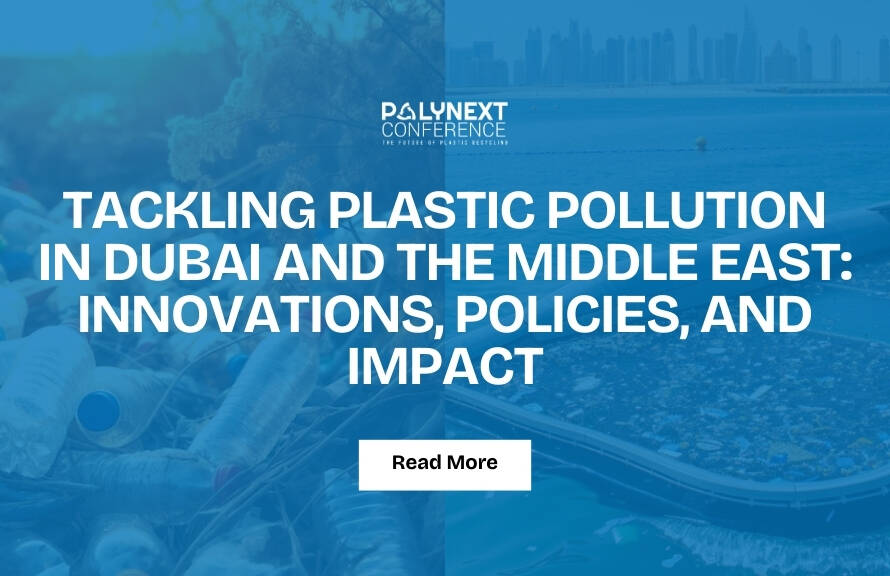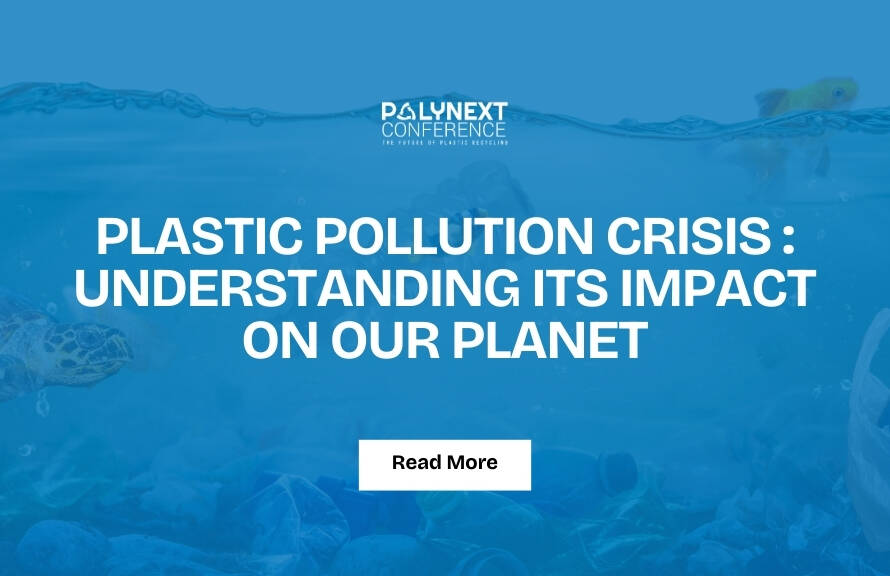Explore if a plastic-free ocean by 2050 is possible. Learn the projections, challenges, and solutions shaping the fight against plastic pollution.
Plastic is everywhere—from packaging to daily-use items—but its uncontrolled use has turned into one of the biggest threats to our oceans. Each year, millions of tons of plastic enter marine ecosystems, endangering wildlife, coastal communities, and even human health. The big question is: can we truly achieve a plastic-free ocean by 2050, or is it just a dream?
The Scale of the Challenge: Projections for 2050
If current trends continue, plastic in the oceans could outweigh fish by 2050. Already, scientists estimate that 15–51 trillion pieces of plastic float in our waters, from visible bottles and bags to microscopic fragments. By the end of the century, this number could rise 50-fold, crossing dangerous ecological thresholds.
The economic toll is equally alarming. Plastic pollution could cost $434 billion annually by 2050, hitting industries like fisheries, shipping, and tourism. If no action is taken, the situation is expected to worsen dramatically in the coming decades.
Signs of Progress
Despite the scale of the challenge, there are reasons for optimism. Countries like India, Kenya, and members of the European Union have banned or restricted single-use plastics. A Global Plastics Treaty is under negotiation at the United Nations, aiming to create binding rules for production, recycling, and disposal.
On the corporate front, leading companies are pledging to cut virgin plastic use and adopt circular economy models. But experts warn that piecemeal efforts won’t be enough—global coordination is critical.
Innovations Driving Change
Technology and innovation are also playing a critical role in the fight against plastic pollution. Artificial intelligence and robotics are making recycling systems smarter and more efficient, ensuring that more plastics are recovered and reused. Chemical recycling is emerging as a game-changer, breaking plastics back into raw materials that can be used again. At the same time, biodegradable alternatives—like seaweed-based packaging and mushroom-based materials—are reducing dependence on traditional plastics. Ocean clean-up projects, such as systems designed to capture floating waste from hotspots like the Great Pacific Garbage Patch, are also showing promising results.
Projections to 2050
Looking ahead, projections show two possible futures. If business continues as usual, plastic in the oceans could nearly triple by 2040, creating irreversible damage. However, if strong policies, technological innovation, and global cooperation are implemented, waste leakage could be reduced by up to 80%. A completely plastic-free ocean by 2050 is ambitious, but not impossible. The outcome will depend on how quickly and effectively the world acts over the next two decades.
What’s Still Needed
To move closer to this goal, several urgent steps are necessary. Countries must adopt and enforce strict targets for plastic reduction. Investment in recycling and circular economy models must increase significantly. Public awareness campaigns are also vital to shift consumer behavior away from single-use items. At the community level, local recycling projects and coastal clean-up drives can make a real difference. Ultimately, it is a shared responsibility that requires participation from governments, businesses, innovators, and everyday people.
The Way Forward
As WWF notes, “The way out of our plastic crisis is for countries to agree to a globally binding treaty that addresses all stages of plastic’s lifecycle.” Success will depend on:
- Coordinated global action.
- Collaboration between governments, industries, and citizens.
- Breakthrough technologies for recycling and cleanup.
- A cultural shift away from throwaway plastics.
Together, these can move us from the brink of collapse to the possibility of ocean recovery.
Conclusion
A plastic-free ocean by 2050 may sound ambitious, but it is a vision worth striving for. With bold policies, cutting-edge innovation, and collective global action, we have the tools to turn this vision into reality. The health of our oceans—and our planet—depends on the choices we make today, not tomorrow. Global initiatives like the UNEP Clean Seas Campaign show that when countries, businesses, and communities unite, real progress against plastic pollution is possible.
PolyNext 2025
Events like PolyNext 2025 are critical in shaping this journey. As one of the leading conferences on plastic innovation and recycling, PolyNext will bring together global experts, policymakers, and innovators to share solutions for reducing plastic waste. From breakthrough recycling technologies to sustainable alternatives, platforms like PolyNext provide the collaboration needed to accelerate progress toward a plastic-free ocean.
Reference
United Nations: Working towards plastic free oceans



